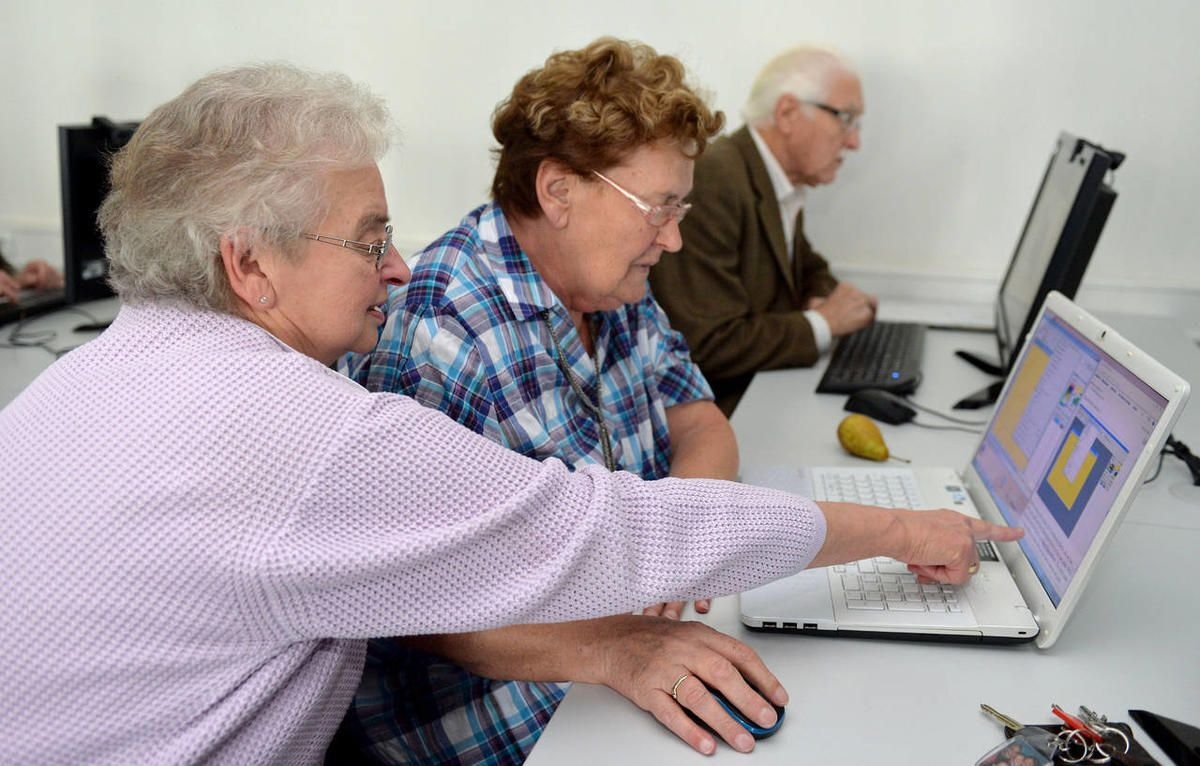In this tech-driven era, it’s crucial to ask how easy-to-use these advances are for everyone, especially the elderly. Take Google Maps as an example, a common tool we use every day to get around. It has loads of features that can make our trip either simple or confusing.
Now, think about older folks who often find themselves traveling or living in retirement homes located in places they’re not familiar with. How helpful is Google Maps really to them? We’re digging into several aspects of this app and checking out its ease of use, specifically for seniors.
Ease of Use and Interface Design
App interfaces need to be simple and easy to use, especially for older folks who might not be tech whizzes. Google Maps seems pretty user-friendly at first glance. It has a neat design with clear icons. But when you look closer, some things could make it tricky for seniors.
The size of the words matters and how easily someone can push buttons or input places they want to get directions. Sure, zooming in helps you see better, but tiny icons and buttons aren’t great if your eyesight isn’t top-notch or if handling small controls is difficult.
Putting an address into search needs careful tapping, which can trip up those struggling with touchscreens. Plus, there are so many features packed into this app that people who only need basic direction help may feel swamped.
Audio and Visual Assistance
Audio guidance can be handy, especially for seniors who don’t want to keep their eyes glued to the screen. Google Maps has this voice navigation thing that gives you step-by-step directions. But it’s only useful if the instructions are clear and your hearing is good.
You can change volume levels or pick different voices, which makes things a bit more personal. Yet, sometimes, the pace of these audio cues isn’t great for folks who may need extra time to absorb info. From what you see while using the app, real-time routes with clearly colored paths make life easier, but again, small text sizes and tiny icons could pose problems when vision isn’t perfect.
Personalization and Accessibility Features
Google Maps lets you save your favorite spots and check out your recent searches. Seniors dig this, especially if they’re often going to places like the doctor’s office, supermarket, or family homes. Having a ‘favorites’ list can make starting off easier.
But getting these features set up takes some know-how with the app, which may not be everyone’s cup of tea. As for accessibility, Google Maps is doing great things, like wheelchair-friendly routes and loads of info on public transport.
However, while these are cool additions for those physically disabled folks among us, they perhaps aren’t quite as beneficial when seniors wrestle with memory issues or find new technology daunting.
Safety and Reliability
Seniors need a navigation tool they can trust. Google Maps usually gives spot-on and current info, but sometimes, there are errors or old routes, which could spook and even endanger older people on their own.
The app’s real-time traffic updates help skip delays or avoid troubles on route. Sudden changes in direction, though, may fluster senior drivers who aren’t so quick to adjust as others might be. Adding an emergency services button right into the app would certainly improve safety. Seniors would surely appreciate that!
Conclusion
Looking at Google Maps from a senior user’s point of view, there’s some good stuff and not-so-good stuff. Sure, basic use is easy enough with voice directions on hand. However, certain areas like design layout or personalizing features can still be tough nuts to crack.
As more seniors get tech-savvy, it really matters for apps like this one to keep in mind what they specifically need. By aiming for improvements right where they needed most, we could see older folks finding Google Maps safer, fitting their needs better, and promoting independence during the digital era.







